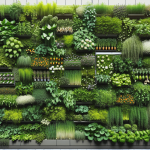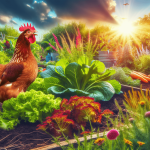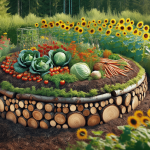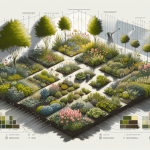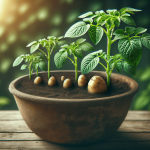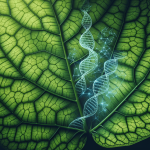This post may contain affiliate links. As an Amazon Associate, we may earn commissions from qualifying purchases.
Have you ever wondered why more gardeners are opting to plant native species in their gardens? As it turns out, choosing native plants isn’t just a passing trend but a thoughtful approach laden with benefits for your garden, local wildlife, and the environment. Let’s dive into why incorporating native species into your garden plan could be one of the best decisions you’ll make.
Understanding Native Species
Native species are those plants that have evolved naturally in a particular region over thousands of years. They are adapted to the local climate, soil, and ecosystem. Think of them as the original inhabitants, the plants that have always called your region their home.
Native vs. Non-Native
It’s easy to confuse native plants with non-native species, so let’s break down the differences:
| Native Plants | Non-Native Plants | |
|---|---|---|
| Origin | Evolved naturally in a specific region | Introduced from other regions or countries |
| Adaptation | Perfectly suited to local conditions | May struggle or require special care |
| Benefits | Support local wildlife and ecosystem | Can sometimes become invasive |
| Maintenance | Generally low maintenance once established | Often require extra care and resources |
Environmental Benefits
Biodiversity Boost
Planting native species significantly boosts local biodiversity. Native plants create a more harmonious environment for local wildlife, from insects to birds to mammals. Each plant supports a diverse network of life, enhancing the entire ecosystem. When you plant native species, you’re essentially building tiny nature reserves in your garden.
Water Conservation
Native plants are adapted to your region’s natural rainfall and soil conditions. They are more likely to thrive without needing excessive watering. In drought-prone areas, this is a huge benefit. Not only does it save water, but it also reduces your water bill.
Reduced Chemical Use
When you plant native species, you usually don’t need to rely on pesticides and fertilizers. These plants have evolved to resist local pests and diseases. Therefore, you’ll use fewer chemicals, leading to a healthier garden and less environmental pollution.
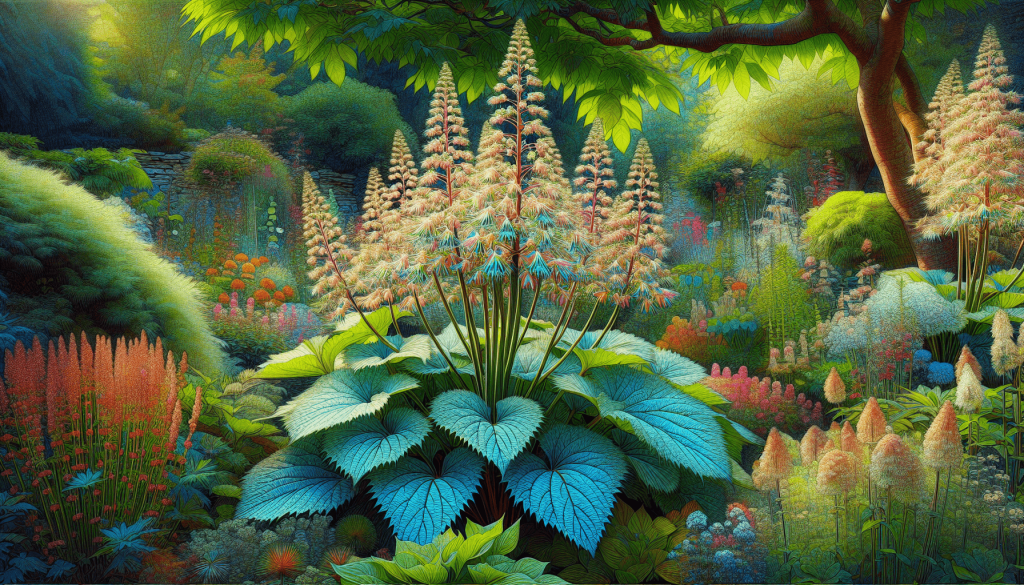
Economic Benefits
Cost-Effective
Initially, native plants may cost a bit more than non-native varieties, but they are less expensive in the long run. Because they are well-adapted to the local environment, they require less maintenance, fewer resources, and are less likely to need replacing due to disease or death.
Lower Maintenance
Time is money. With less watering, fewer chemicals, and minimal maintenance required, you’ll spend less time and money on upkeep. That means more time enjoying your garden and less time working on it.
Aesthetic Benefits
Seasonal Beauty
Native plants offer a splendid array of colors, textures, and forms that change with the seasons. From spring blooms to autumn foliage, these plants can provide constant visual interest. Each season offers a new layer of beauty and brings your garden to life.
Attracting Local Wildlife
There’s something magical about watching bees, butterflies, and birds flourish in your garden. Native plants are rich in nectar and seeds, providing the essentials for local wildlife. By planting them, you invite a parade of pollinators and other creatures into your garden, making it a lively, aromatic, and harmonious haven.
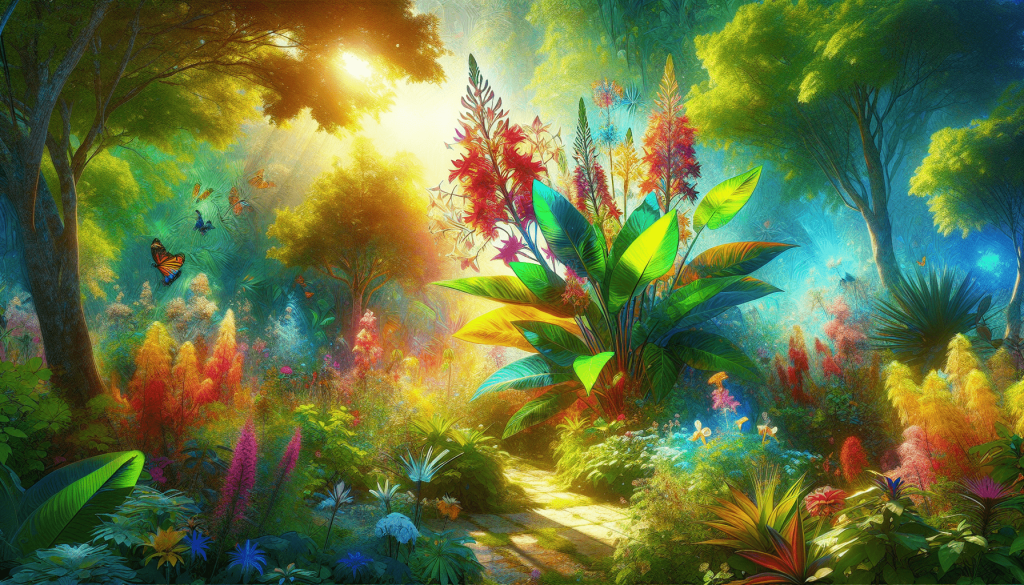
Health Benefits
Air Quality and Mental Well-being
Gardens filled with native species improve air quality by filtering pollutants and releasing oxygen. This not only benefits your physical health but also enhances mental well-being. Spending time in nature has been proven to reduce stress and improve mood. Your native garden can become your personal sanctuary, offering a peaceful retreat from the hectic pace of daily life.
Physical Activity
Gardening itself is a great form of low-impact exercise. The less intensive maintenance requirements of native plants mean more enjoyable gardening and less back-breaking labor. You’ll stay active without feeling overworked, contributing to your overall health.
Steps to Start Planting Native Species
Research Native Plants
Begin by researching plants native to your area. Look for local resources such as botanical gardens, extension services, or native plant societies. They can provide comprehensive lists of native species best suited to your garden’s conditions.
Prepare Your Garden
Before planting, prepare your garden by removing invasive species and improving soil health if necessary. Preparing your garden correctly ensures that your native plants will have the best possible start.
Plant Selection
Select a diverse range of native species to create a balanced and resilient garden. Consider trees, shrubs, perennials, and ground covers. Diversity in plant selection can help mimic natural ecosystems and provide year-round interest.
Sample Planting List
Here’s a simple guide to start with, based on different types of conditions:
| Zones | Sunny Areas Plant List | Shady Areas Plant List |
|---|---|---|
| Wet | Swamp Milkweed (Asclepias incarnata) | Jewelweed (Impatiens capensis) |
| Dry | Butterfly Weed (Asclepias tuberosa) | Wild Ginger (Asarum canadense) |
| Average | Black-Eyed Susan (Rudbeckia hirta) | Foamflower (Tiarella cordifolia) |
Plan and Design
Planning doesn’t have to be daunting. Sketch out a simple design, consider plant heights, colors, bloom times, and the needs of local wildlife. Group plants with similar needs together to make care easier. The more thoughtfully you plan, the more rewarding your garden will be.
Plant and Maintain
When it comes to planting, follow the best practices for the species you’ve chosen. Water plants until they’re well-established, mulch to retain moisture and suppress weeds, and monitor for any initial signs of stress. Although native species typically need less care, they do require some attention in the early stages to thrive.
Misconceptions to Avoid
Native Plants Are Weedy
One common misconception is that native plants look weedy or untidy. The truth is, with thoughtful design and regular maintenance, native plants can create a sophisticated and beautiful garden. The key is selecting plants that suit your garden’s style and aesthetic.
Limited Choices
Some people think that native plant options are limited, offering less variety than non-native species. However, with thousands of native plants available, you can achieve virtually any garden style, from formal to cottage to wildflower meadows.
Hard to Source
While it used to be challenging to find native plants, many nurseries now specialize in them. In addition, numerous online resources can ship native plants to your door. Check for reputable suppliers that use sustainable practices.
Long-term Benefits
Increased Property Value
A well-maintained garden with native species can boost your property value. Potential buyers might recognize the benefits of low-maintenance, drought-resistant landscaping, making your home more attractive.
Community Contribution
By planting native species, you are contributing to the local environment and setting a positive example for your community. Your garden can inspire others to follow suit, amplifying the benefits beyond your own backyard.
Education and Awareness
Creating a native plant garden is an excellent way to educate others about local ecology. It provides a living example of how native species support biodiversity and sustainability. Your garden could become a teaching tool, fostering greater environmental awareness.
Building a Resilient Future
The choice to plant native species isn’t just about your garden; it’s a step towards building a more resilient future. Climate change and habitat loss are creating increasingly challenging conditions for both native and non-native species. Native plants are better equipped to survive in these unpredictable environments, thanks to their natural adaptations.
Climate Change Mitigation
Native plants play a role in climate change mitigation by sequestering carbon and supporting resilient landscapes. By increasing the number of native plants, you help create stable environments that can endure through changing climates.
Erosion Control
Many native plants have deep root systems, which help prevent soil erosion. This is particularly important in areas prone to heavy rainfall or flooding. By establishing native species, you’re helping to maintain soil structure and water quality.
Supporting Pollinators
With the decline in pollinator populations, planting native species becomes even more critical. Native plants provide the nectar and pollen that local bees, butterflies, and other pollinators need to thrive. By doing so, you’re directly supporting food systems and biodiversity.
Conclusion
Planting native species in your garden offers an extensive range of benefits, from supporting local wildlife and conserving water to enhancing the aesthetic value and health of your outdoor space. These plants are nature’s allies, adapted to thrive without excessive resources and equipped to withstand the local environment. By choosing native species, you’re making a conscious decision to contribute positively to your community, environment, and personal well-being. Your garden will not only become a sanctuary for you but a thriving habitat for countless species, playing its part in promoting biodiversity and resilience in an ever-changing world.
Isn’t it satisfying to know that by making a few thoughtful choices in your garden, you can make such a profound impact?

